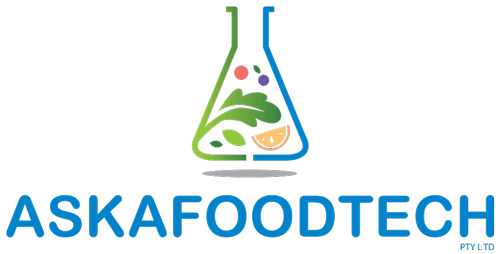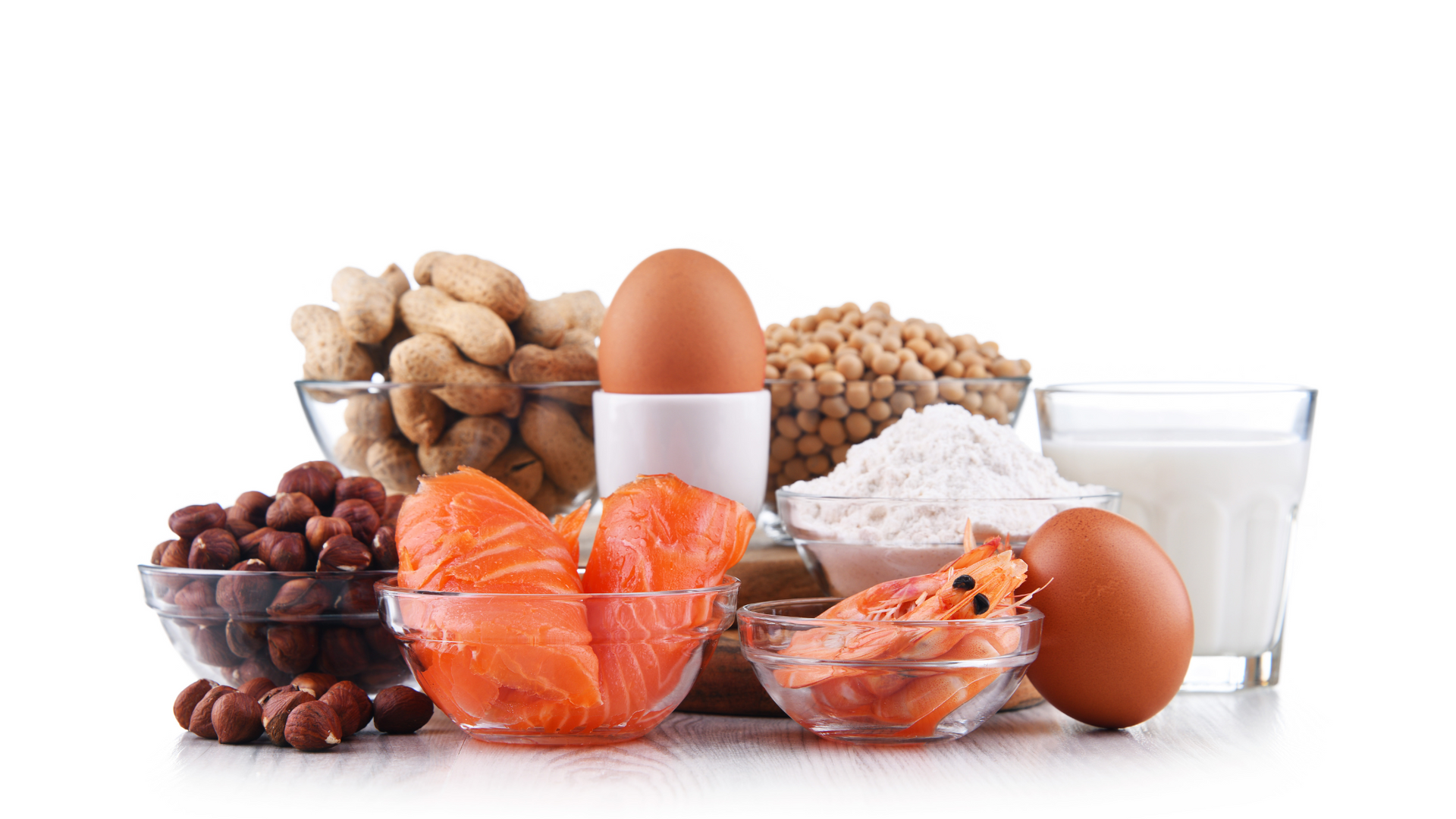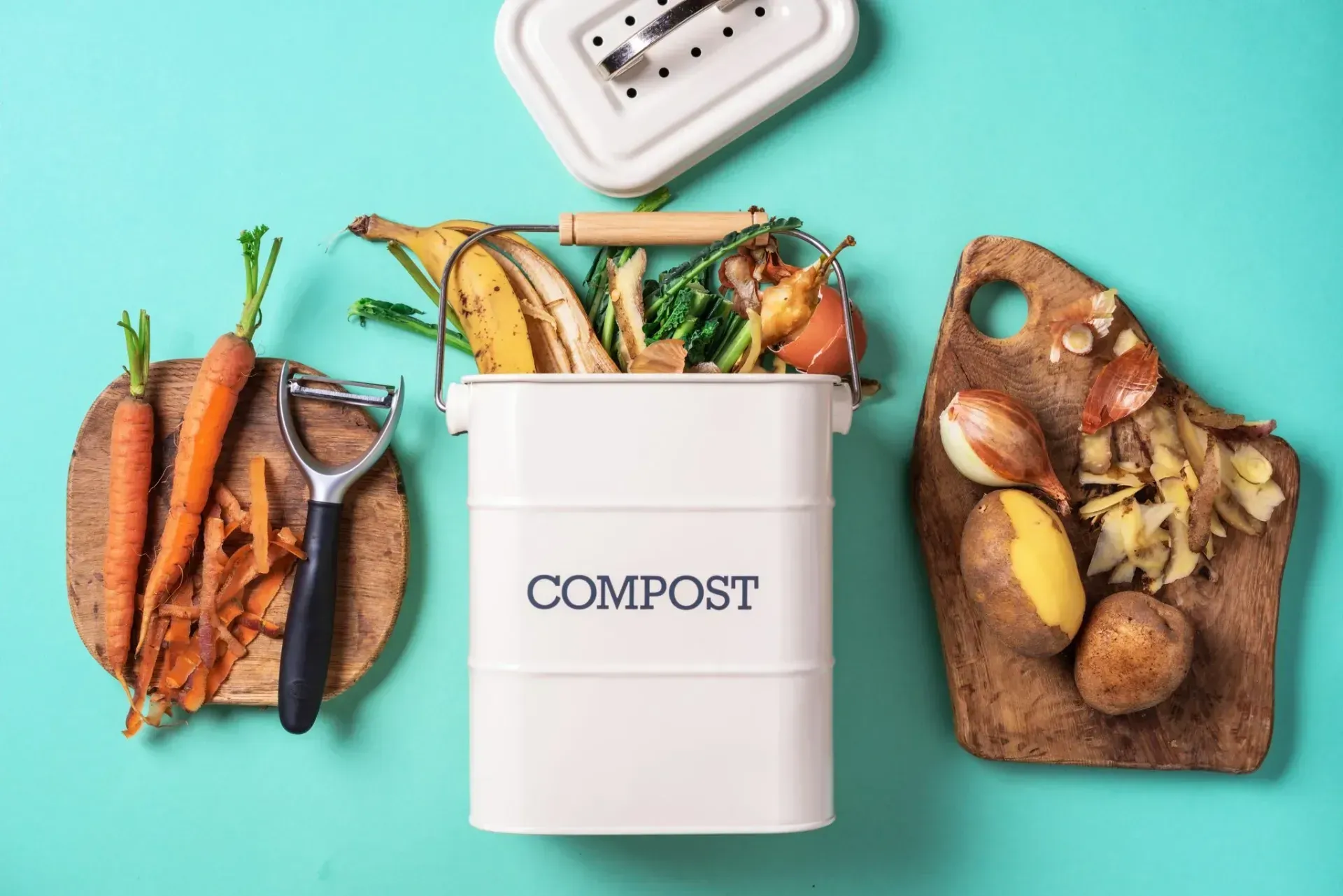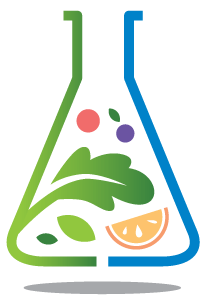Allergen Statements: How to Protect Your Family with Accurate Label Reading
For the estimated 20% of Australians who live with food allergies or intolerances, accurate label reading isn’t just a matter of preference—it’s a vital skill.
Misreading or overlooking critical information on a label can lead to severe allergic reactions, making it essential for consumers to understand how to identify allergens and protect their families.
This guide will help you navigate allergen labelling with confidence, especially with the latest Plain English Allergen Labelling (PEAL) requirements now in effect.
Common Allergens and How They’re Labelled
In Australia, the Plain English Allergen Labelling (PEAL) requirements mandate that food manufacturers declare the following allergens clearly and consistently:
- Peanuts
- Tree nuts (e.g., almonds, cashews, walnuts—must be individually named)
- Milk
- Eggs
- Sesame seeds
- Soybeans
- Fish
- Crustacea (e.g., prawns, crabs, lobsters)
- Molluscs (e.g., oysters, squid, clams)
- Lupin
- Wheat
- Gluten - Cereals containing (e.g. Wheat, rye, barley, oats must declare gluten)
- Sulphites (when added at 10 mg/kg or more)
Under PEAL, allergens must be declared in the ingredients list using bold font. Additionally, allergens must be listed by their common names. For example, if butter is included, the label should state "Butter (Milk)" to clarify that butter is derived from milk. This makes it easier for consumers to find potential allergens quickly.
A clear allergen summary statement, such as “Contains: Milk, Egg, Soy”, may also appear immediately below the ingredients list to highlight the presence of allergens. These changes have significantly improved consumer understanding of allergens in pre-packaged foods.
However, some consumers may wonder if this is enough protection for those with severe allergies.
The Role of Precautionary Labelling (PAL)
Precautionary allergen labelling, like “May contain traces of…” or “Made in a facility that also processes…”, informs consumers of the possibility of cross-contamination with allergens at any point during production or distribution. These statements are voluntary, which has led to a wide range of wording and a lack of consistency across products.
This variation can confuse allergic consumers and even lead to risky behaviour, such as ignoring precautionary labels and consuming foods that may pose a danger. While Precautionary Allergen Labelling (PAL) is not regulated under PEAL, more consistent use of these statements would provide greater clarity and security for consumers.
The VITAL® Risk Assessment tool, used by many food manufacturers, helps determine when precautionary labels are necessary by assessing the risk of cross-contact with allergens. Implementing this approach builds consumer trust by ensuring precautionary statements are based on rigorous assessment, rather than being used indiscriminately.
What Can I Do as an Allergic Consumer?
Reading food labels has become easier with the introduction of PEAL, but it remains crucial to check labels each time you purchase or use a product. Manufacturers may change their recipes, suppliers, or production processes, resulting in the addition or removal of allergens without a prominent announcement on the packaging. Always scan the ingredients list and allergen summary, even for familiar products.
Additionally, when you bring pre-packaged foods into your home, taking steps to prevent cross-contamination can provide extra peace of mind. Keep allergen-containing foods separate from allergen-free items and use clearly marked utensils and cutting boards when preparing meals. This ensures that allergenic ingredients don’t accidentally come into contact with foods intended for those with allergies.
In summary.
Protecting your family from food allergens requires vigilance, especially with the growing complexity of food production. The introduction of the
Plain English Allergen Labelling (PEAL) requirements has made allergen labelling clearer and more consistent, empowering consumers to make safer choices. By staying informed, carefully reading labels, and understanding the role of precautionary labelling, you can confidently navigate food products and reduce the risk of allergic reactions.

About the Author:
Stewart Eddie (Bapp Sc Food Science & Technology) is Director and Principal Food Tech at ASKAFOODTECH PTY LTD; a food technology consulting company that inspires, educates, and serves food producers with an ambition to grow and manage risk. Living with a severe food allergy and being a food technologist, Stewart is uniquely placed to help your food manufacturing business with your allergen management planning. If you would like more information on the services that ASKAFOODTECH PTY LTD can provide, please
contact us.








